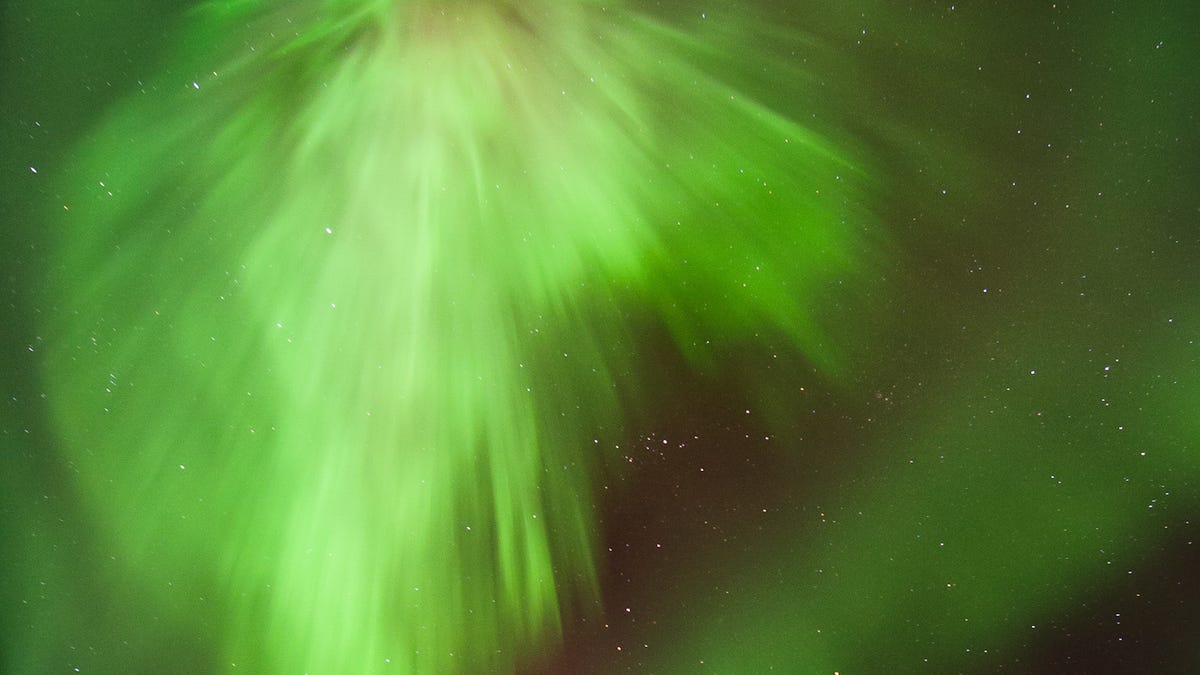Solar storm could bring bright skies tonight
Today's solar storm has only caused rerouted flights and correctable satellite communications. But people as far south as New York and Oregon may be able to see the Northern Lights.

A solar radiation storm raining down on the Earth right now could bring a treat to stargazers in the northern continental U.S.
The National Oceanic and Atmospheric Administration said that the moderate geomagnetic storm has not caused significant impact to communications systems. But the storm could provide bright Northern and Southern lights tonight as far south as New York and Oregon today.
An eruption on the sun Sunday night caused a portion of its atmosphere to hurtle down toward Earth at about 5 million miles an hour, arriving at about 10 a.m. this morning. The arrival of these high-energy particles causes the Earth's magnetic field to fluctuate, said Doug Lewin, a physicist at NOAA's Space Weather Prediction Center.
A moderate or strong storm can cause high-frequency navigation communications, satellites, and power systems.
Rather than fly over the north pole, Delta Airlines today rerouted some of its flights from the U.S. to Asia, according to reports. That area is also more prone to interference in the communications systems and the radiation level is higher than normal.
The Space Weather Prediction Center said it was told that airlines rerouted flights away from the poles yesterday or flew at lower altitudes. It also received reports of correctable errors on satellite systems, which need to send signals through the storm.
This geomagnetic storm, which is expected to continue until tomorrow, is rated at the lowest level of G1, although a G2 warning is in effect. Common effects from a G1 level are weak power fluctuations and minor impact on satellite operations. Migratory animals can be affected at high altitudes. In addition to airlines, astronauts need to keep a close eye on the space weather forecast and potentially shield themselves to avoid a heavy dose of radiation.
Based on measurements, the Space Weather Prediction Center said this is the largest solar radiation storm since October 2003.
The geomagnetic storm has already provided spectacular viewing for people in the northern hemisphere where the aurora borealis displayed a green glow since Sunday's solar flare.

